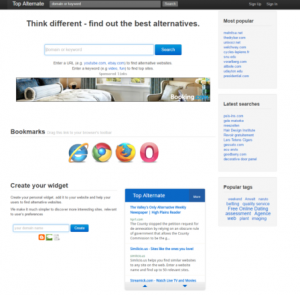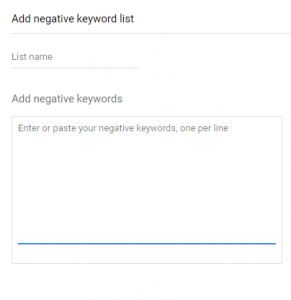Marketing plans, if done right, will have KPIs (key performance indicators) that let you know whether your marketing efforts are succeeding or not. KPIs can be a host of different things depending on your goals and the channels you’re using (Google Ads, organic social media, paid social media, SEO, etc).
Two of the most common KPIs are traffic and conversions, especially for digital marketing. Often, however, traffic is given more importance than — or worse, conflated with — conversions. Although traffic is key to converting, they are not the same, nor do they have the same value.
Let’s explore each one and which one you should focus on in your marketing.
What is Traffic?
In marketing, traffic refers specifically to website traffic, meaning how many people are visiting your website in a given period of time. Traffic is a key indicator that your digital marketing is working, specifically your paid ads and your SEO. Traffic means your ads are getting clicks, or your site is ranking high enough to get organic clicks.
When online shopping and digital marketing was taking off, traffic was measured by only the number of visitors. Now, however, we consider more factors to determine the quality of traffic, not just the amount.
For example, the time spent on your website is key to traffic. If someone comes to your website and then leaves ten seconds later, chances are they did little to nothing on your site and their visit is of no value to you. However, a 30-minute visit is much more valuable.
These visits are called “sessions,” and you can look at your bounce rate (how quickly do visitors leave your page) and time spent on a page to determine whether the traffic you’re getting is worthwhile.
Another factor is whether the visits are unique. Are different people visiting your site, or just a certain amount repeatedly? Also, where your traffic is coming from can give you insights: if you’re getting most of your clicks from other websites, and not your paid ads, you can rethink your strategy or adjust your ad campaign.
Lastly, what visitors do when they visit your website is crucial. This is what we call conversions.
What Are Conversions?
Conversions are how many website visitors take a predetermined action on your site. If they clicked on an ad that asked them to sign up for an event, and then they signed up, this is a conversion. If they searched for a product on Google, clicked on your site, and purchased the product from you, this is a conversion.
Depending on your marketing plan, you may want your visitors to sign up for a newsletter, download something, read a blog, make an appointment, or, in most cases, buy from you. You define what a conversion is for your company and your strategy.
Most often, however, a conversion is defined as a purchase of some sort, and it’s not difficult to see why. You’re putting your dollars into a marketing strategy, and you want to see a return on investment come out of it.
Why Conversions Matter More
Return on investment is exactly why conversions are more valuable than traffic alone. You can get millions of visitors, yet if none of them buy from you, you’re getting $ 0 back from your investment.
Let’s explore a more realistic example. If your website gets 1,000 visits in a month and makes 50 sales that month, your conversion rate is 5%.
However, say your site gets 5,000 visits in a month. Sounds great, right? But imagine your sales are still just 50. Your conversion rate is only 1%. If you’re getting the same amount of sales, why is this conversation rate an issue?
A low conversion rate likely means your ads or organic ranking are working beautifully, but something on your website isn’t as effective as it could be. With five times the potential customers you had in scenario #1, you should be able to turn more of your visitors into paying customers. Instead, you’re likely spending more on your marketing and seeing the same return on investment.
To maximize your ROI, you should focus on turning traffic into conversions.
How To Turn Traffic Into Conversions
If you’re getting a lot of traffic, that’s an important first step, and it likely means your digital marketing campaigns are effective. To improve the conversions you’re getting from these visits, you should be focusing on improving your website.
Most of your website’s improvements will come from UX/UI design. Here are a few changes you can make:
Make your forms as minimal as possible. People don’t want to fill out long forms, and this can negatively affect your conversion rate for downloads and signups. Remove all unnecessary fields and avoid asking for phone numbers.
Make your website design simple and easy to navigate. Have clear headings and buttons, and organize your menu and site in a way that immediately makes sense. When someone clicks on your site, they should be able to purchase (or download, or sign up) right away.
Improve your product descriptions. Writing engaging and creative copy can increase conversions because they set you apart from other businesses and draw visitors in. If the product seems boring, customers have little reason to buy from you.
Improve your call to action copy. You should have buttons throughout your site that encourage visitors to learn more, download, or buy. Getting creative with the text of these buttons can help you convert better.
Maximize Your Marketing
Make the most of your marketing investment: focus on converting your customers and not just getting more visitors to your site for even more effective and profitable ad campaigns. Always remember that traffic is your route to more conversions and not the end goal.
Digital & Social Articles on Business 2 Community
(21)







